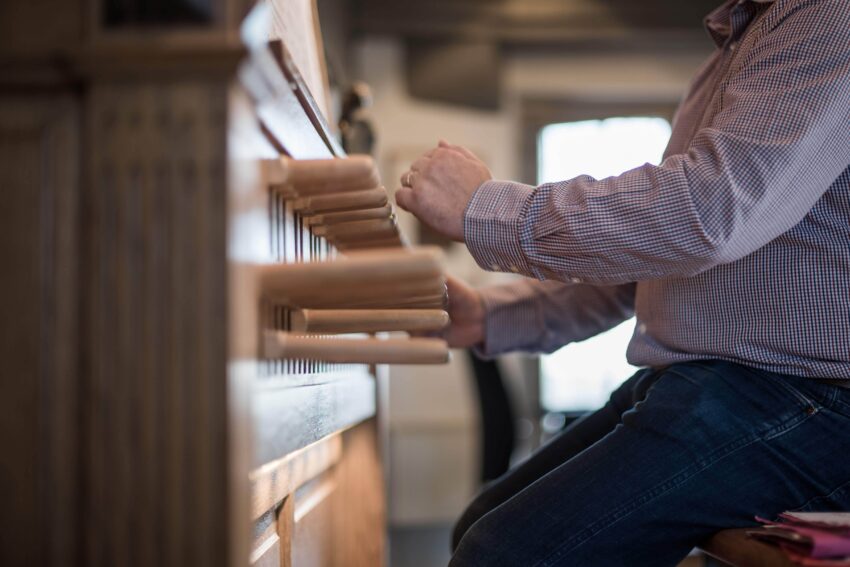Carillon culture
The art of carillon, making music on tower bells using baton keyboards, is a musical tradition that has its roots in 16th-century Flanders. Carillon culture is about more than just making music. It is also about the knowledge and skills of carillonneurs, the changing repertoire, the tradition of market recitals and summer evening concerts, formal and informal training.

© Femke Den Hollander
Carillon culture
The art of carillon, making music on tower bells using baton keyboards, is a musical tradition that has its roots in 16th-century Flanders. Carillon culture is about more than just making music. It is also about the knowledge and skills of carillonneurs, the changing repertoire, the tradition of market recitals and summer evening concerts, formal and informal training, and also: the role of the carillon as an interpreter of social feelings and evolutions, the place of the carillon in literature and in national ideologies, public perception ...
Regularly recurring carillon music forms a structural element in the city, audible to everyone around. Thus, the carillon is a unifying element in today's society, reinforcing other collective traditions or experiences: a carillon often hangs in a historic building on a square where people meet. Moreover, many performances take place during the weekly market and on public holidays.
Bell music is a typical and distinctive feature of cities in the Low Countries, it therefore contributes to a city's identity and forms a dynamic link with its past. Every time the carillonneur plays, this form of musical heritage updates itself.
Carillon culture dates back to the late 15th century. In the 16th century, the instrument spread throughout the entire territory of the Low Countries. From the 17th century, an intense and high-level carillon culture emerged. Many cities had 5 to 10 carillons, which were played several times a week. In addition, complex automatic playing movements set the rhythm of time day and night. However, the instrument hardly became known outside its historical core area, so bell music became a typical and distinctive feature of cities in the Low Countries.
After a period of decline in the 19th century, carillon culture blossomed again from Mechelen in the early 20th century and this musical tradition spread internationally, with the United States of America as the main growth area. Yet today there still is a far-reaching concentration of instruments in Flanders and the Netherlands. Meanwhile, the carillon as a musical mass medium has been succeeded by more compact electronic media. Nevertheless, most Flemish cities still employ a carillonneur who gives a contemporary interpretation to this Flemish heritage through his weekly performances and summer evening concerts.
Mechelen is home to a world-renowned carillon school. Founded in 1922 by carillonneur Jef Denyn, it was the first of its kind in the world. Herbert Hoover, John D. Rockefeller Jr. and William Gorham Rice gave financial support to this school, which is still very much in demand today. Students from all over the world come to Mechelen to study the art of carillon playing.
This pilot is realised by:
Leading partner: Workshop intangible heritage and Thomas More
Associated partners:
The Flemish Carillon Society